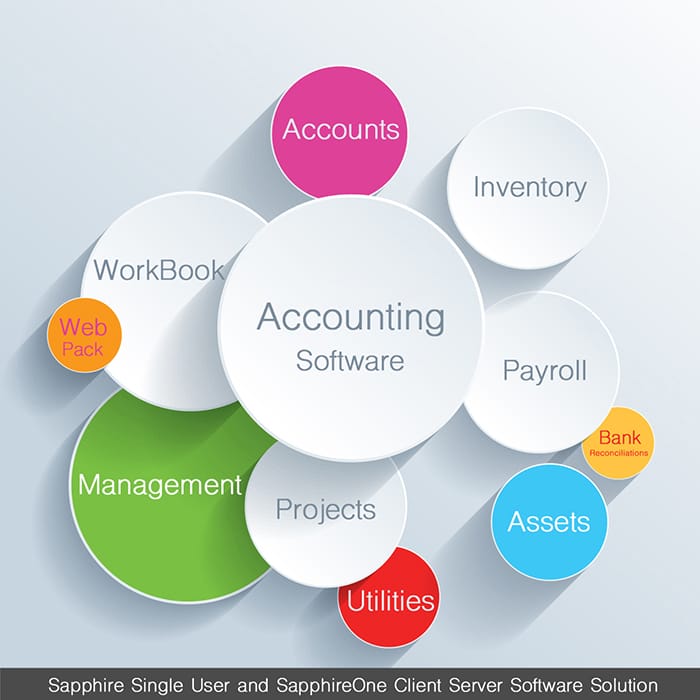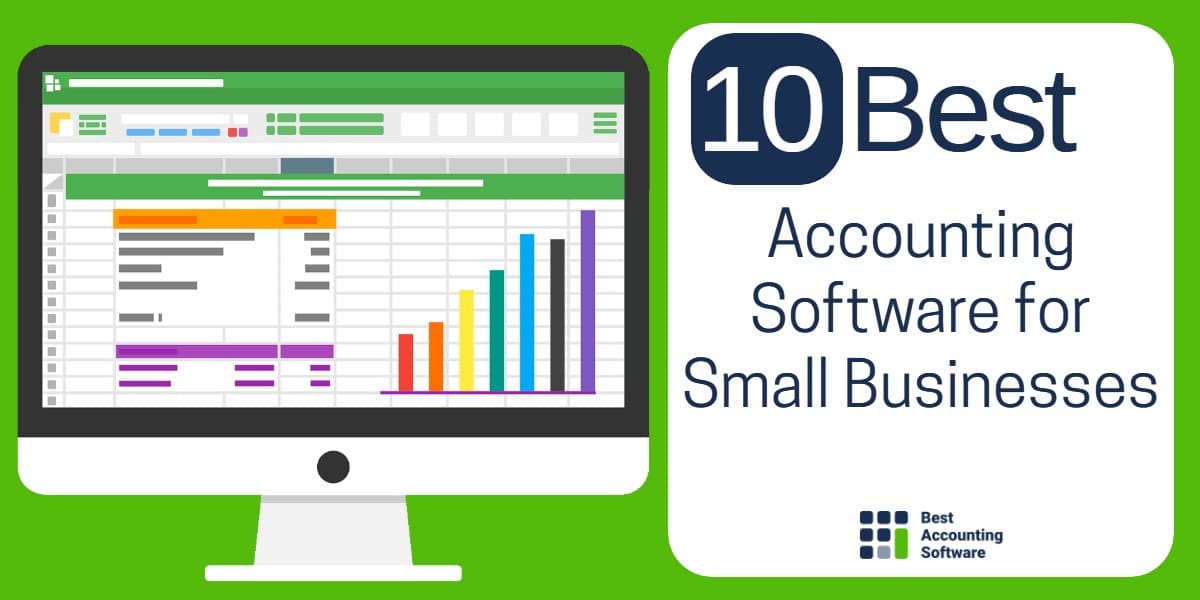In the world of business, inventory management is crucial for success. Enter the business inventory accounting program, a powerful tool designed to simplify and enhance your inventory tracking processes. With its advanced features and capabilities, this program empowers businesses to optimize their inventory levels, reduce costs, and gain a competitive edge.
From real-time inventory updates to automated replenishment, the business inventory accounting program transforms inventory management into a seamless and efficient operation.
Business Inventory Accounting Program

Purpose and Benefits
A business inventory accounting program is a software application that helps businesses manage their inventory, including tracking the quantity, location, and value of inventory items. It can also help businesses generate reports on inventory levels, sales, and profitability.
Using a business inventory accounting program can provide a number of benefits, including:
- Improved inventory accuracy
- Reduced inventory costs
- Increased sales
- Improved customer satisfaction
Key Features and Functionalities
Business inventory accounting programs typically include a number of key features and functionalities, such as:
- Inventory tracking: Allows businesses to track the quantity, location, and value of inventory items.
- Inventory valuation: Helps businesses determine the value of their inventory using different costing methods, such as FIFO, LIFO, and weighted average cost.
- Inventory reporting: Generates reports on inventory levels, sales, and profitability.
- Inventory management: Helps businesses manage their inventory levels, including setting reorder points and generating purchase orders.
- Integration with other business systems: Can integrate with other business systems, such as accounting software and e-commerce platforms.
Types of Business Inventory Accounting Programs
There are a number of different types of business inventory accounting programs available, including:
- On-premise inventory accounting programs: Installed on a business’s own computer system.
- Cloud-based inventory accounting programs: Hosted by a third-party provider and accessed via the internet.
- Open-source inventory accounting programs: Free to download and use.
- Commercial inventory accounting programs: Paid software that offers a range of features and functionalities.
Key Considerations for Choosing a Business Inventory Accounting Program
Selecting the right business inventory accounting program is crucial for efficient inventory management and accurate financial reporting. Several key factors should be considered to ensure the chosen program aligns with your business needs and objectives.
Compatibility with Existing Systems and Processes
It is essential to choose a program that integrates seamlessly with your existing accounting software, ERP system, and other business applications. This integration ensures data accuracy and eliminates manual data entry errors. Compatibility with existing systems streamlines inventory management processes and reduces the risk of data inconsistencies.
Scalability and Flexibility
As your business grows and evolves, your inventory accounting needs will likely change. Choose a program that is scalable to accommodate increasing inventory volumes and complexity. The program should also be flexible enough to adapt to changing business processes and industry regulations.
A scalable and flexible program ensures that your inventory accounting system can grow with your business.
Implementation and Integration of a Business Inventory Accounting Program

The implementation and integration of a business inventory accounting program are crucial steps for businesses looking to optimize their inventory management. This guide provides a step-by-step approach and discusses best practices for successful program integration.
Step-by-Step Guide for Implementation
- Define Business Needs:Determine the specific requirements and objectives for implementing the program.
- Select a Software Solution:Research and compare different software options based on functionality, cost, and ease of use.
- Prepare Data:Clean and organize inventory data to ensure accuracy during the transition.
- Set Up the System:Configure the software according to business needs and establish user roles and permissions.
- Train Staff:Provide comprehensive training to ensure staff understands the program’s functionality and processes.
- Test and Go Live:Conduct thorough testing before implementing the program in the live environment.
- Monitor and Adjust:Regularly review program performance and make adjustments as needed to optimize efficiency.
Challenges and Best Practices for Integration
Integrating a business inventory accounting program with existing systems can present challenges. Here are some best practices to mitigate these:
- Identify Data Interfaces:Determine the data points that need to be shared between the program and other systems.
- Use Integration Tools:Leverage integration tools or APIs to facilitate seamless data exchange.
- Test Data Integrity:Validate data accuracy during and after integration to ensure consistency across systems.
- Establish Clear Communication:Foster collaboration between the IT team and business stakeholders to ensure a smooth integration process.
Case Studies of Successful Implementations
Numerous businesses have successfully implemented business inventory accounting programs. Here are a few case studies:
- Example 1:A manufacturing company implemented a program that reduced inventory holding costs by 20% through optimized inventory levels.
- Example 2:A retail chain implemented a program that improved inventory accuracy by 95%, leading to reduced losses and improved customer satisfaction.
Best Practices for Managing Inventory with a Business Inventory Accounting Program
A business inventory accounting program offers robust capabilities to streamline inventory management, enabling businesses to optimize stock levels, reduce costs, and enhance overall operational efficiency. To fully harness the potential of these programs, it is essential to adopt sound best practices that ensure accurate inventory tracking, regular audits, and data-driven decision-making.
Accurate Inventory Tracking
Accurate inventory tracking is the cornerstone of effective inventory management. A business inventory accounting program provides real-time visibility into inventory levels, allowing businesses to monitor stock movements, identify discrepancies, and prevent stockouts. Regular cycle counting, where a portion of the inventory is physically counted and reconciled against the system records, is crucial for maintaining data integrity and ensuring inventory accuracy.
Regular Inventory Audits
Periodic inventory audits are essential for verifying the accuracy of inventory records and identifying any discrepancies. Audits involve a comprehensive physical count of all inventory items and a reconciliation against the accounting records. Regular audits help businesses detect errors, prevent theft, and ensure that inventory data is reliable and up-to-date.
Reports and Analytics
Business inventory accounting programs generate valuable reports and analytics that provide insights into inventory performance. These reports can help businesses identify slow-moving or obsolete items, optimize inventory levels, and forecast future demand. By analyzing inventory data, businesses can make informed decisions about purchasing, production, and distribution to minimize costs and maximize profitability.
Advanced Features and Capabilities of Business Inventory Accounting Programs

Business inventory accounting programs have evolved beyond basic stock tracking to offer a range of advanced features and capabilities that can significantly enhance inventory management efficiency and accuracy.
These advanced features empower businesses to streamline inventory processes, improve visibility, and make data-driven decisions to optimize inventory levels, reduce costs, and enhance customer satisfaction.
Multi-Location Inventory Management
Multi-location inventory management allows businesses with multiple warehouses, stores, or distribution centers to track inventory levels across all locations in real-time.
This feature provides a consolidated view of inventory, enabling businesses to optimize stock allocation, prevent overstocking or understocking, and facilitate efficient order fulfillment.
Barcode Scanning, Business inventory accounting program
Barcode scanning technology integrated into inventory accounting programs allows businesses to quickly and accurately capture inventory data.
By scanning barcodes on products, businesses can automate inventory updates, reduce manual data entry errors, and improve inventory accuracy.
Automated Inventory Replenishment
Automated inventory replenishment uses inventory data to trigger purchase orders when stock levels reach predefined thresholds.
This feature ensures that businesses maintain optimal inventory levels, prevent stockouts, and avoid overstocking, resulting in reduced inventory carrying costs and improved customer service.
Trends and Future Developments in Business Inventory Accounting Programs

The business landscape is constantly evolving, and inventory accounting programs are no exception. As technology advances, we can expect to see even more innovative and sophisticated inventory management solutions emerge.
One of the most significant trends in business inventory accounting is the increasing use of artificial intelligence (AI) and machine learning (ML). These technologies can be used to automate many of the tasks associated with inventory management, such as forecasting demand, optimizing stock levels, and identifying trends.
AI and ML
- AI and ML can help businesses to improve their inventory accuracy, reduce costs, and make better decisions about their inventory.
- For example, AI can be used to predict demand for specific products based on historical data and current trends.
- This information can then be used to optimize stock levels and avoid overstocking or understocking.
Another trend that is expected to have a major impact on business inventory accounting is the Internet of Things (IoT). IoT devices can be used to track inventory in real time, providing businesses with a more accurate and up-to-date view of their inventory levels.
IoT
- This information can be used to improve inventory management and reduce costs.
- For example, IoT devices can be used to track the location of inventory items, which can help businesses to identify and prevent theft.
- IoT devices can also be used to monitor inventory levels and trigger alerts when stock levels are low.
The combination of AI, ML, and IoT is expected to revolutionize business inventory accounting. These technologies will make it possible for businesses to manage their inventory more efficiently and effectively than ever before.
Ultimate Conclusion
In conclusion, the business inventory accounting program is an indispensable asset for businesses looking to streamline their inventory management. Its advanced features, ease of use, and ability to integrate with existing systems make it an ideal solution for businesses of all sizes.
By embracing this powerful tool, businesses can unlock the full potential of their inventory, optimize operations, and drive growth.
FAQ Section
What are the benefits of using a business inventory accounting program?
A business inventory accounting program offers numerous benefits, including real-time inventory visibility, improved accuracy, reduced costs, enhanced efficiency, and better decision-making.
How do I choose the right business inventory accounting program for my business?
Consider factors such as the size of your business, the complexity of your inventory, your budget, and the level of integration required with your existing systems.
What are some best practices for managing inventory with a business inventory accounting program?
Best practices include maintaining accurate inventory records, conducting regular inventory audits, setting reorder points, and leveraging reporting and analytics to optimize inventory levels.
